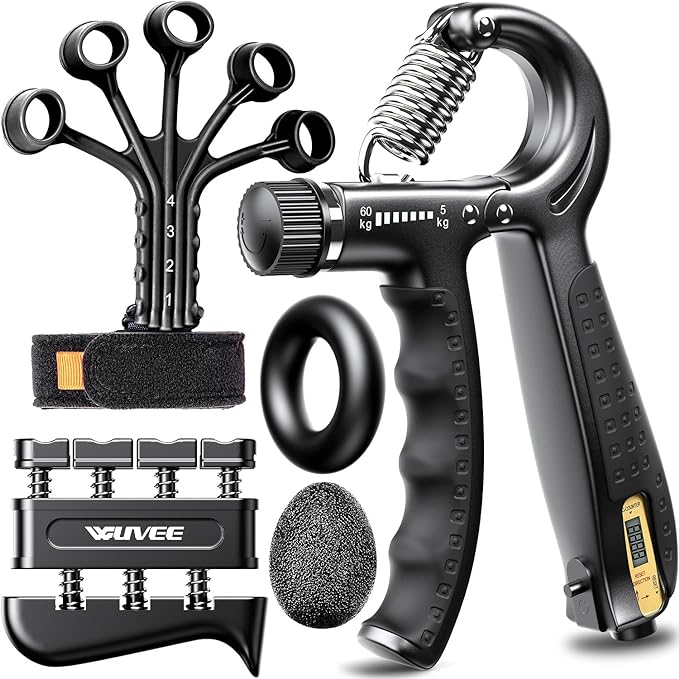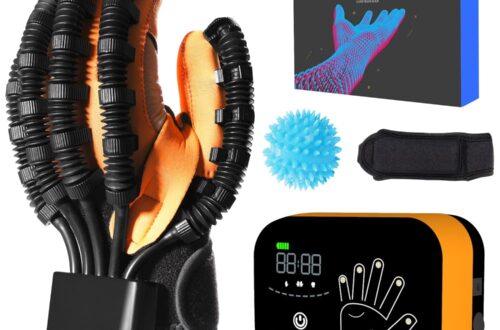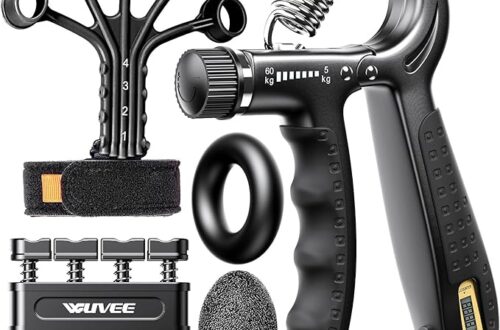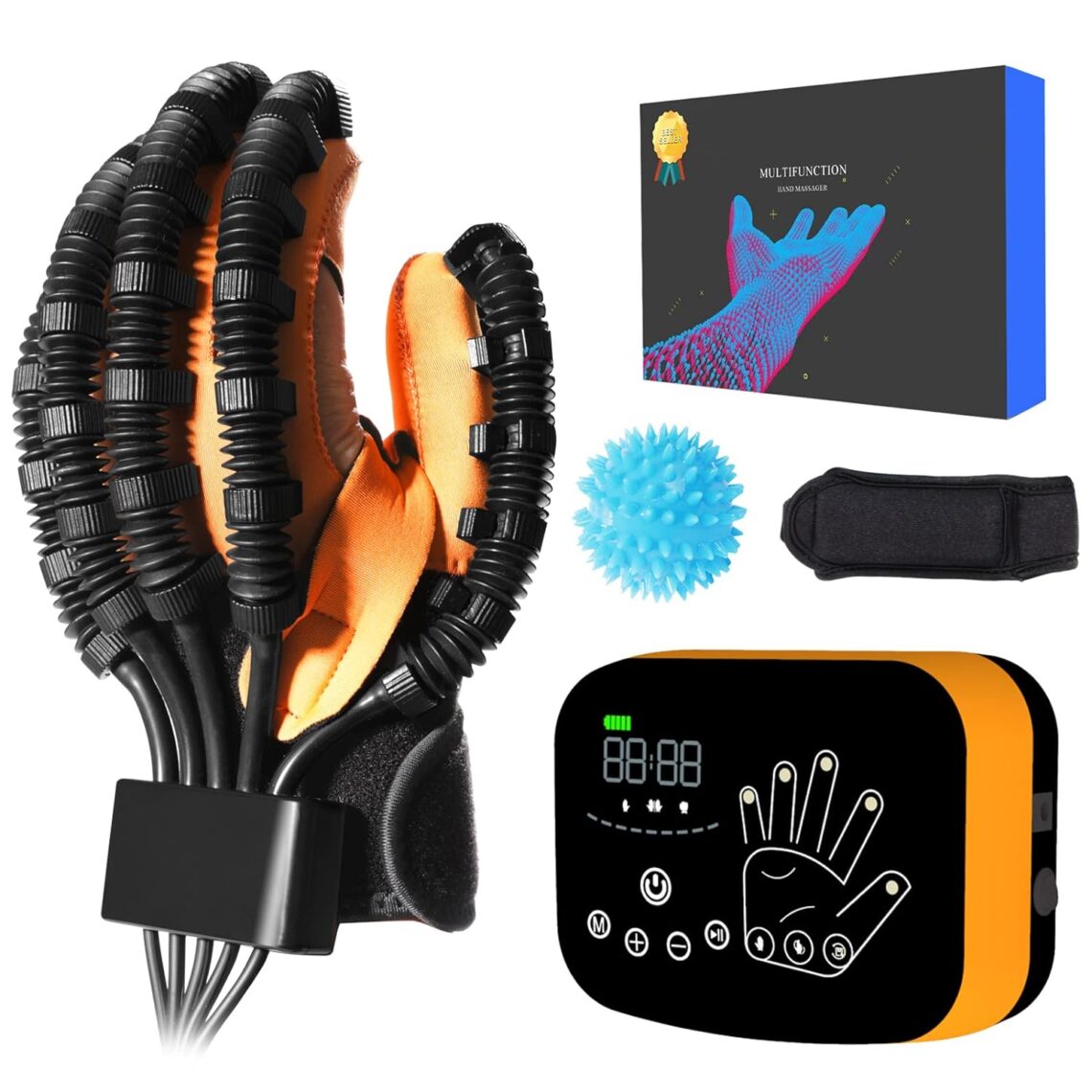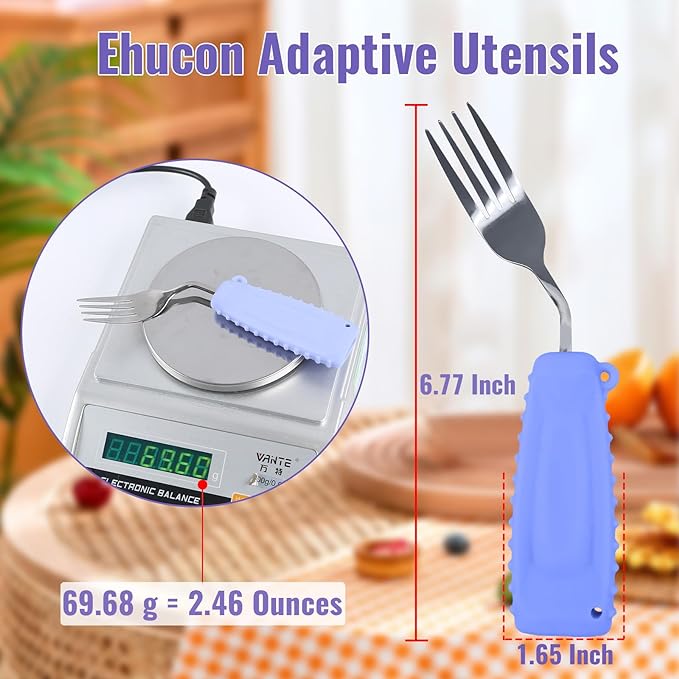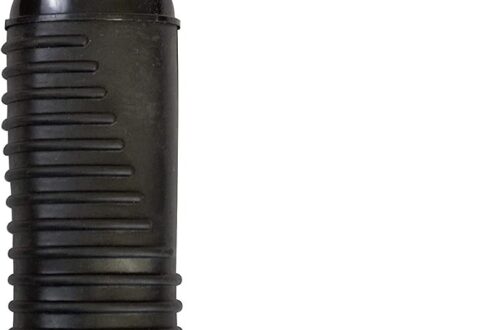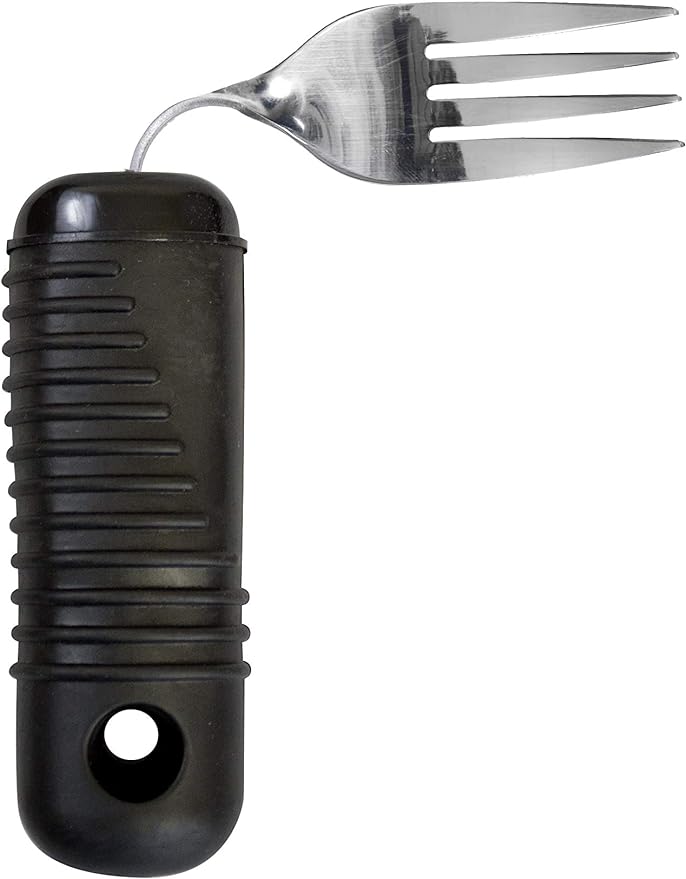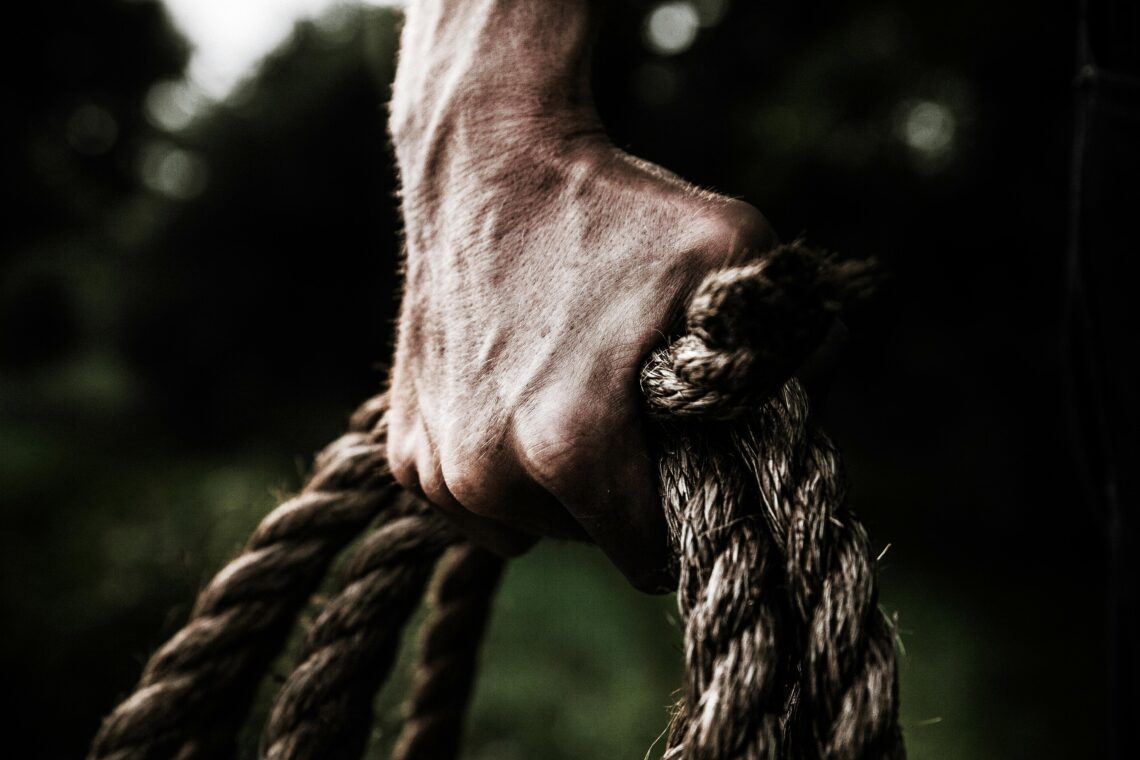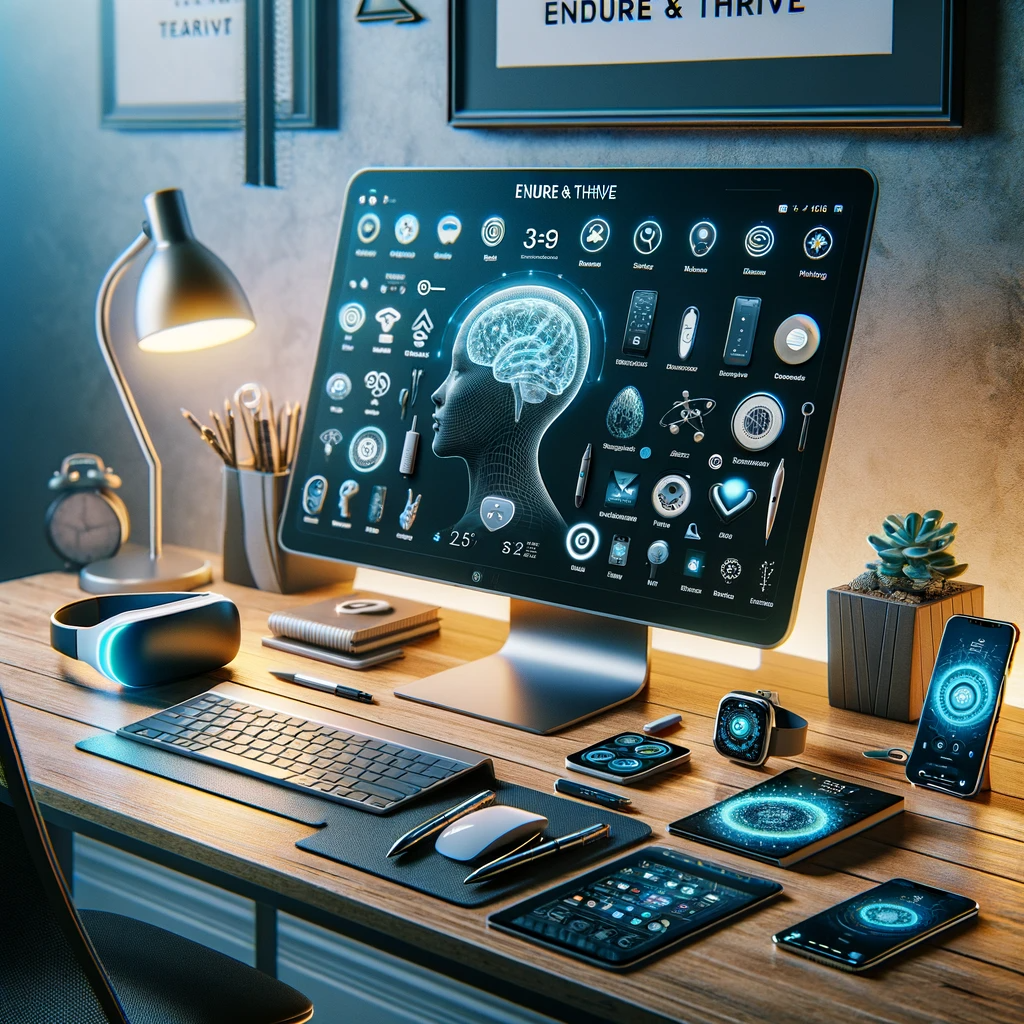The Top Benefits of Hand Grippers: Why You Should Include Them in Your Fitness Routine Hand grippers are simple yet highly effective tools that can help improve grip strength, forearm muscle development, and overall hand health. They are widely used by athletes, fitness enthusiasts, musicians, and people recovering from injuries. But what exactly are the hand grippers benefits that make them such a valuable addition to your exercise routine? Let’s dive into the top advantages of using hand grippers and how they can make a difference in your daily life. 1. Improve Grip Strength One of the most significant benefits…
-
-
Do Grip Strengtheners Work? An Insightful Guide Grip strength plays a crucial role in our daily lives, from carrying groceries to opening jars, and it becomes even more important for individuals recovering from injuries or health conditions. As such, many people wonder: Do grip strengtheners work? The answer is yes, but there are key factors to consider for maximizing their effectiveness. This article delves into how grip strengtheners work, who can benefit from them, and how to use them correctly. What Are Grip Strengtheners? Grip strengtheners are exercise tools designed to improve the strength and endurance of your hands, fingers,…
-
A stroke can be a life-altering event, impacting various aspects of an individual’s physical and cognitive function. Among the many challenges that stroke survivors face, hand problems rank among the most significant. The loss of hand function or impaired hand movement can greatly affect one’s ability to perform everyday tasks and diminish overall quality of life. In this article, we delve into the complexities of hand problems after stroke, exploring the underlying causes, common symptoms, and effective strategies for rehabilitation and recovery. Understanding Hand Problems After Stroke: Hand problems following a stroke often stem from damage to the brain’s motor…
-
Caring for a stroke patient involves numerous responsibilities, including ensuring they can eat comfortably and independently. Curved utensils are adaptive tools designed to help stroke patients with limited hand mobility and coordination. This guide will help caregivers select the best curved utensils to enhance their loved one’s dining experience. Understanding Curved Utensils Curved utensils, also known as angled or bent utensils, are eating tools with a slight curve in the handle. This design allows for a more natural and comfortable grip, reducing the need for twisting and turning the wrist. These utensils are ideal for stroke patients who struggle with…
-
Eating should be a comfortable and enjoyable experience for everyone. However, for individuals with limited hand mobility or coordination issues, using standard utensils can be challenging. Adaptive utensils are designed to help overcome these difficulties, offering a practical solution to make dining easier and more enjoyable. Understanding Angled Utensils Angled utensils are specially designed eating tools that feature a bend in the handle, allowing for a more natural and ergonomic grip. These utensils, which include spoons, forks, and knives, enable users to eat with less strain on their wrists and arms. They are particularly beneficial for individuals with conditions like…
-
Are you or a loved one facing challenges with mealtime due to limited dexterity or mobility issues? Adaptive utensils could be the game-changer you’ve been searching for! These specially designed tools are crafted to enhance independence and make dining a more enjoyable experience. In this comprehensive buying guide, we’ll explore the top three adaptive utensils available on Amazon, along with key factors to consider when making your purchase. 1. Sammons Preston Flexible Utensils 2. Vive Adaptive Utensil Set 3. Essential Medical Supply Power of Red™ Utensils Key Considerations When Buying Adaptive Utensils: By selecting the right adaptive utensils tailored to…
-
Introduction After a stroke, many patients face challenges with daily activities, including eating. Specialized spoons are designed to help stroke patients eat more independently by stabilizing food and reducing spillage. Choosing the Right Spoon Features to Consider Preparing to Use the Spoon Using the Spoon Cleaning and Maintenance Tips for Caregivers Conclusion A specialized spoon can significantly enhance the eating experience for stroke patients by providing them with more control and independence. It’s an important step in adapting to new life circumstances post-stroke. Additional Resources By following this guide, stroke patients and their caregivers can make mealtime less stressful and…
-
Finger grip strengtheners, also known as hand grippers or hand strengtheners, can be effective tools for improving grip strength and dexterity. These devices typically consist of a spring-loaded mechanism that requires you to squeeze the handles together using your fingers and palm. The effectiveness of finger grip strengtheners largely depends on how they are used and the individual’s specific goals. Here are some factors to consider: While finger grip strengtheners can be effective for many individuals, they may not be suitable for everyone. People with certain hand or wrist conditions should consult with a healthcare professional before using these devices…
-
Stroke is a leading cause of disability worldwide, affecting millions of individuals each year. The devastating consequences of stroke can be mitigated through early and comprehensive rehabilitation,which plays a crucial role in promoting recovery and improving quality of life. Occupational therapy devices are an essential component of stroke rehabilitation, enabling patients to regain functionalindependence and participate meaningfully in daily activities. What is Occupational Therapy? Occupational therapy (OT) is a healthcare profession that helps individuals with physical, cognitive, or mental impairments develop the skills needed for daily living. OTs work with patients to identifytheir unique needs and abilities, then design personalized…
-
Stroke is a leading cause of disability worldwide, affecting millions of individuals each year. The devastating consequences of stroke can be mitigated through early and comprehensive rehabilitation,which plays a crucial role in promoting recovery and improving quality of life. In recent years, the use of adaptive equipment has emerged as a valuable tool in stroke rehabilitation, enabling patients toregain independence, mobility, and motor function. This article will delve into the world of adaptive equipment, exploring its benefits, applications, and impact on stroke rehabilitation outcomes. What is Adaptive Equipment? Adaptive equipment refers to specialized devices designed to assist individuals with physical…
-
Bathing and maintaining personal hygiene are essential for stroke survivors, not only for health reasons but also for boosting morale and independence. Here’s how to adapt the bathing process and choose the right aids to help stroke survivors: 1. Choose the Right Bathing Method 2. Use Adaptive Bathing Equipment 3. Safety First 4. Promote Independence 5. Routine and Assistance By implementing these strategies and using appropriate aids, bathing can be a safe, enjoyable, and dignified experience for stroke survivors. 🌐 Sources
-
Hand and finger exercisers are crucial tools in the rehabilitation process for stroke survivors, helping them regain strength, flexibility, and coordination in their hands. These devices cater to patients of various ability levels and focus on improving fine motor skills crucial for daily activities. Hand and finger exercisers offer a pathway to independence for stroke survivors, enhancing their quality of life by restoring the ability to perform daily tasks independently. 🌐 Sources
-
The Fugl-Meyer Assessment (FMA) is a standardized testing protocol widely used to evaluate the physical performance of individuals who have suffered a stroke. This comprehensive guide provides an overview of the FMA, including its history, structure, and clinical importance, making it accessible and easily understandable for a broad audience. Introduction to Fugl-Meyer Assessment (FMA) Developed in 1975 by Axel Fugl-Meyer, the FMA is an index to assess the sensorimotor recovery in individuals who have had a stroke. It is one of the most extensively used quantitative measures in stroke rehabilitation worldwide. The primary aim of the FMA is to assess…
-
Neurofeedback, a subset of biofeedback, is a groundbreaking approach that utilizes real-time displays of brain activity—most commonly brain waves—to teach self-regulation of brain functions. This technique has shown promise in aiding the recovery from brain injuries, including strokes and traumatic brain injuries, by helping individuals alter their own brain activity in beneficial ways. The foundational principle of neurofeedback is to monitor brain waves using electrodes placed on the scalp. This data is then presented to the patient in an understandable form, often through video displays or sound. By responding to this feedback, patients learn to control and improve their brain…
-
Introduction to Stroke Therapy Devices In the evolving landscape of medical technology, stroke therapy devices stand out as pivotal tools in rehabilitation and recovery for stroke survivors. These devices harness cutting-edge technology to improve motor function, reduce complications, and enhance the quality of life. Here, we explore a variety of innovative devices that are setting new standards in stroke rehabilitation. High-Tech Robotic Devices for Enhanced Motor Recovery One of the most transformative categories in stroke therapy involves robotic-assisted devices. These tools are designed to facilitate motor recovery in a way that was once considered unachievable. Robotic devices such as the…
-
Stroke recovery is a critical period where monitoring physical activity and heart health becomes paramount. Fitness trackers, which have become increasingly sophisticated, offer a range of features that can aid individuals recovering from a stroke in monitoring their heart health and overall physical activity. Here’s how these devices can be beneficial: In conclusion, fitness trackers offer a range of features that can support heart health monitoring and overall physical activity management during stroke recovery. By providing real-time data, insights into progress, and motivation through goal setting, these devices can play a valuable role in the rehabilitation process. However, it’s important…
-
Communication is a fundamental human need, essential for expressing thoughts, needs, and emotions. However, for many stroke survivors, the ability to communicate is significantly impacted due to conditions such as aphasia, dysarthria, or apraxia. These communication disorders can create profound feelings of isolation and frustration, not only for the individuals affected but also for their families and caregivers. In response to these challenges, a variety of communication aids have been developed, offering innovative solutions that empower stroke survivors to reconnect with the world around them. This article delves into the specifics of communication aids, exploring their development, types, and the…
-
Stroke recovery is a multifaceted journey, encompassing not only the physical aspects of rehabilitation but also the cognitive challenges that many survivors face. Cognitive impairments, including difficulties with memory, attention, executive function, and communication, can significantly impact a survivor’s ability to regain independence and quality of life. Cognitive aids, both simple and technologically advanced, have emerged as essential tools in addressing these challenges, offering practical solutions that enhance cognitive functioning and facilitate daily living activities. This article explores the transformative role of cognitive aids in the rehabilitation process, highlighting their types, benefits, and implementation strategies. The Spectrum of Cognitive Aids…
-
Stroke survivors often face significant challenges in their journey towards recovery, with cognitive impairments being among the most impactful on their daily lives. Cognitive deficits can range from memory loss and attention difficulties to problem-solving and executive function disorders. To address these challenges, cognitive aids play a crucial role in rehabilitation and daily functioning, offering tools and strategies that enhance cognitive abilities and promote independence. This article delves into the world of cognitive aids, exploring their types, benefits, and how they can be integrated into the lives of stroke survivors. Understanding Cognitive Aids Cognitive aids are tools designed to assist…
-
A broad overview of categories and types of equipment and tools often recommended for stroke patients to aid in their rehabilitation, daily living, and safety. This list will cover various needs, from mobility aids to adaptive devices for personal care, ensuring a wide range of functionalities are addressed. Mobility Aids Transfer Equipment Bathroom Safety Dressing Aids Eating and Kitchen Aids Get information on adaptive utensils and kitchen tools for easier eating and cooking. Communication Aids See devices to aid communication, including speech-generating devices and writing aids. Cognitive Aids Explore tools to help with cognitive functions, such as memory notebooks and…
